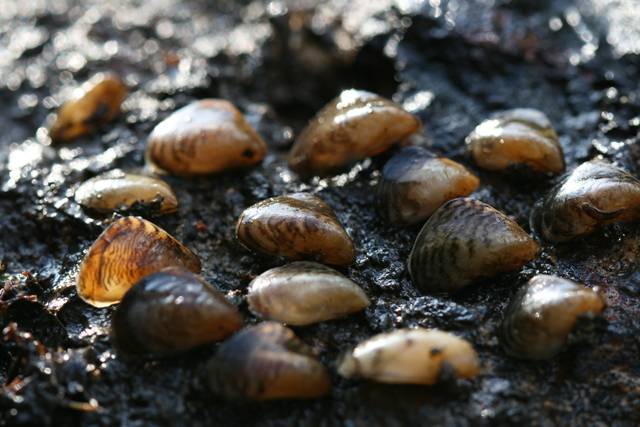D vex has been found north of Oban! Bad news for all, including boaters
The invasive non-native carpet sea-squirt, Didemnum vexillum, or D vex for short, has been found in a sea loch on the west coast of Scotland.
This is a highly invasive colonial sea-squirt originally thought to be from Japan. It forms large colonies which can grow at extraordinary rates and smother structures and habitats, generally making life difficult for all sea users – human, plant or animal.
The recent discovery in a loch north of Oban is the most northerly confirmed report in the UK, and it may be that climate change is affecting its habits.
D vex prefers hard substrates to grow on such as pontoons, mooring chains and boat hulls, and can either form flat mats or long, pendulous growths, depending on conditions.

D Vex (c) D Minchin and E Cottier-Cook
Boaters should be aware of D vex and other invasive non-native species (INNS) and always follow the ‘Check, Clean, Dry’ advice:
- Check your boat for fouling or plant and animal material
- Clean and antifoul your hull annually, clean your anchor and deck before you leave an area
- Dry all kit you can, as drying out is a great weapon against invasives.
Boaters urged to help stop the Quagga mussel spread
The invasive specied can affect freshwater ecosystems, block water pipes and smother boats' hulls
Dirty bottomed yachts ‘damage marine environment’
NZ study shows yachts spread invasive species
The great UK antifouling test for cruising yachts
20 antifouling paints tested in 13 UK locations: which works best where you keep your boat?
For more information about D vex and other high-risk marine INNS visit http://po.st/INNS or thegreenblue.org.uk/Boat-Users/Antifoul-and-Invasive-Species

D Vex (c) D Minchin and E Cottier-Cook
Sarah Brown, an invasive species expert of Cradle to Wave (C2W) Consulting and a keen sailor, said: ‘Boaters should be wary of the threats posed by INNS: severe outbreaks can be environmentally and economically damaging, and we don’t want to move species around the coast.
‘The good news is that by using your boat more often your antifoul will be more effective, and by being aware of INNS – and reporting anything worrying – we can act as an early warning system for new outbreaks, helping to be part of the solution, not the problem.
‘If you are cruising this season and see anything which looks like D vex on the west coast of Scotland in particular, don’t remove any material: take photos, the lat/long location, and call Scotland’s Environmental and Rural Services (SEARS) hotline: 0845 230 2030.’






